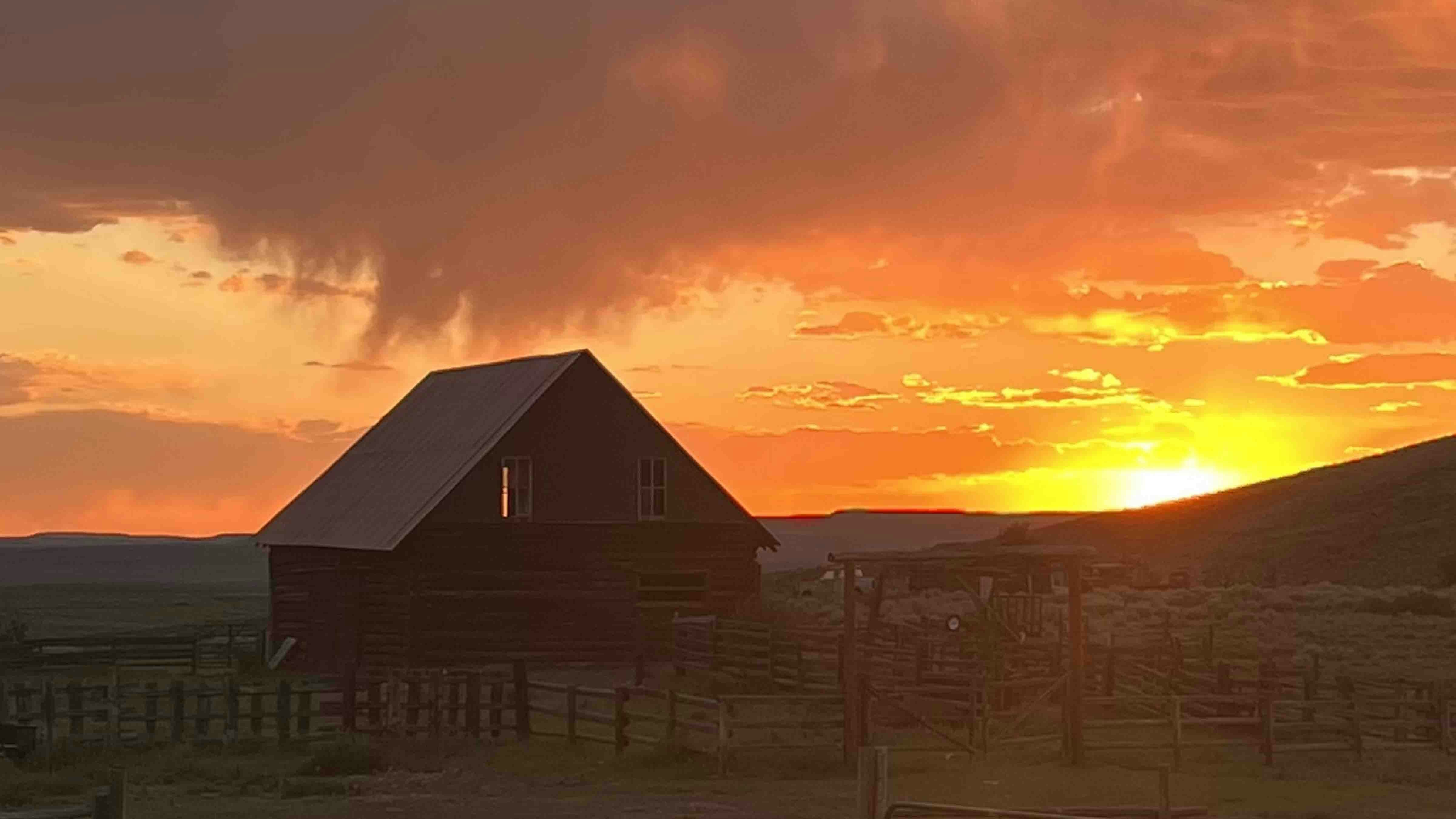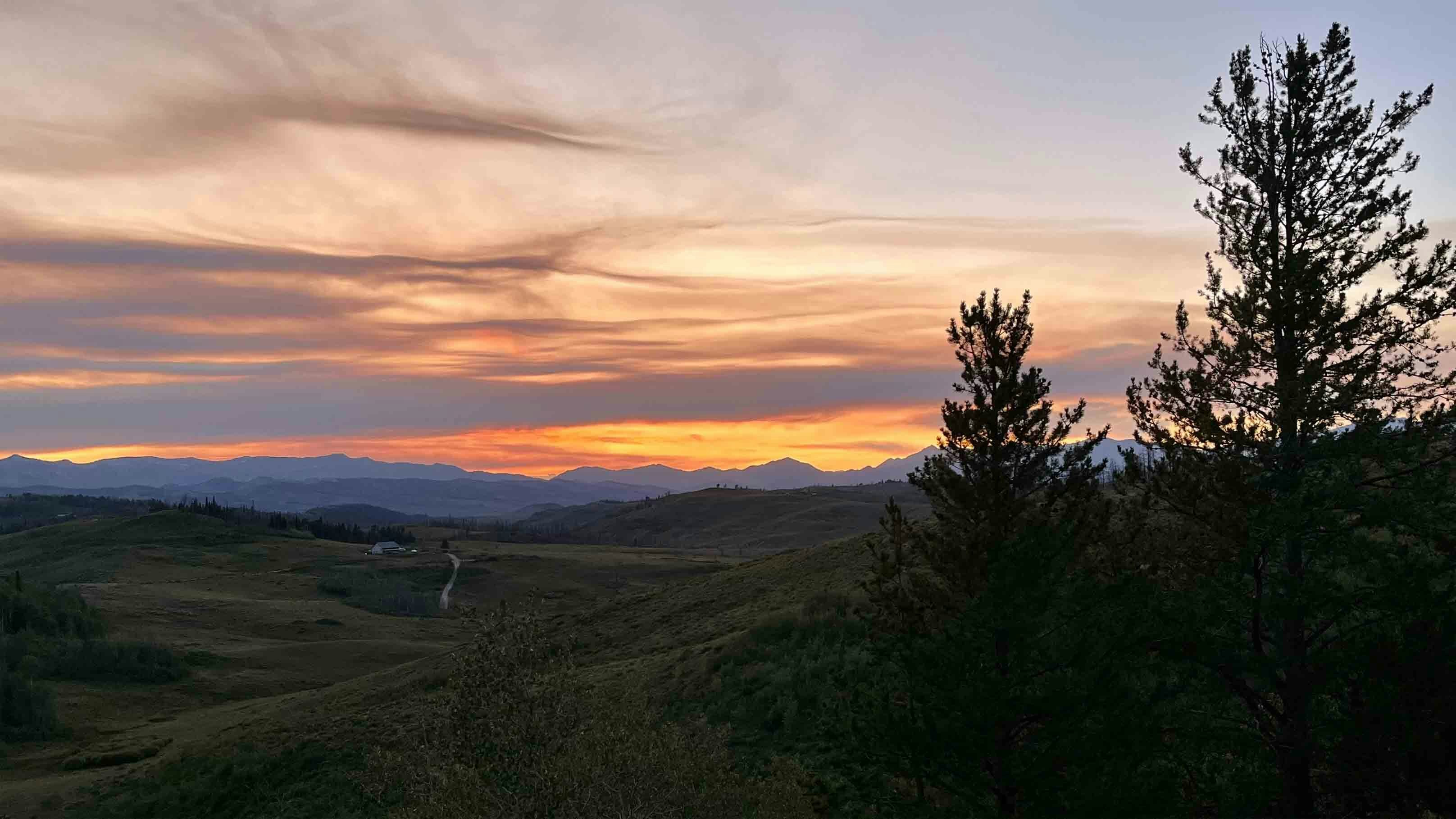Meteorologist Don Day, often referred to as “Wyoming’s weatherman,” wishes news outlets were more selective about the data they use to write about the weather.
Day, responding to a recent story about the use of air conditioning in the Rocky Mountain West, said while the story claimed temperatures are steadily growing warmer, it offered no data to back up the assertion.
“Most climate news stories are like this, heavy in anecdotes and light in any data,” said Day, the founder of DayWeather.
The story reported by Wyoming Public Media referred to warm weather in some areas, citing Sheridan as an example, but Day said it offered no hard data to back up the assertions.
“June and July were hot, but did not break records, as it was hotter in 1988 and 2007,” Day said. “August in Sheridan was cooler than last year and 2019. It is really easy to cherry pick weather data to prove hot or cold.”
He added that while October 2019 in Sheridan was the coldest on record, that fact is not evidence of global cooling.
“There is really no hard weather data in the story, a few references to some hot days, but no long term data trends provided,” he said.
Day said “climate click-bait” stories follow a formula with six main points:
- Shocking headline.
- Claim that recent observed weather is the worst ever recorded, likely using cherry-picked or misleading data.
- A quote from a scientist who likely is not in atmospheric science and says this is worst and more is to come.
- Quote from another article or link to a paper some environmental group has written.
- Another claim of impending doom.
- There is time to change all of this, we can change the weather if we only change our ways, there is hope but only if you do what we say.
“You will see this pattern over and over again the media/press, watch for the pattern,” Day said.
Day said peoples’ perception of what they see in weather is frequently based on what they are experiencing now instead of looking back to get a historical perspective.
“If I had a dime for every time I saw a news story that said ‘this was the worst ever’, I’d be rich,” he said comparing the hyperbolic coverage of Hurricane Ida to past hurricanes.
“This was nothing like Hurricane Camille or many of the hurricanes in the late 1960s or the 1970s, but the perception is this was the worst hurricane of all time,” Day said.
Camille was the strongest landfalling tropical cyclone recorded in the world, and one of only four tropical cyclones worldwide ever to achieve wind speeds of 190 mph. Camille killed 259 people and cause 1.42 billion dollars in damage in 1969 dollars.
Day said reporters will oftentimes interview people who offer personal anecdotes and then frame their stories as evidence of another sign of manmade climate change and “we are destroying the climate.”
“We’ve seen these weather patterns before, we’ve seen them in the 1940s and 1950s but that’s all forgotten,” he said.
Also ignored by most of the media, Day said, was the lack of tornados this year. Through June of 2021, the total tornado count is the lowest since the 1950s.
“I could put out a press release this year stating that this was one of the least active tornado seasons ever and blame it on climate change but no one would cover it,” Day said. “Because you can’t associate something positive with climate change, it has to be the end of the world.”
Day said he’s not denying that human activity may impact the climate. He describes himself as a “climate realist.”
“Yes, human related emissions may have played some role in warming over the past few decades,” Day said. “However, politicians, media, and environmental groups constant mantra that every major weather event is somehow the result of human activity is intellectually dishonest.”
“The weather and climate we experience is also driven by numerous variables that do not include greenhouse gases that we have absolutely no control over. You can point your finger at human activity and greenhouse gases till the cows come home but it is not the whole climate story,” he said.





